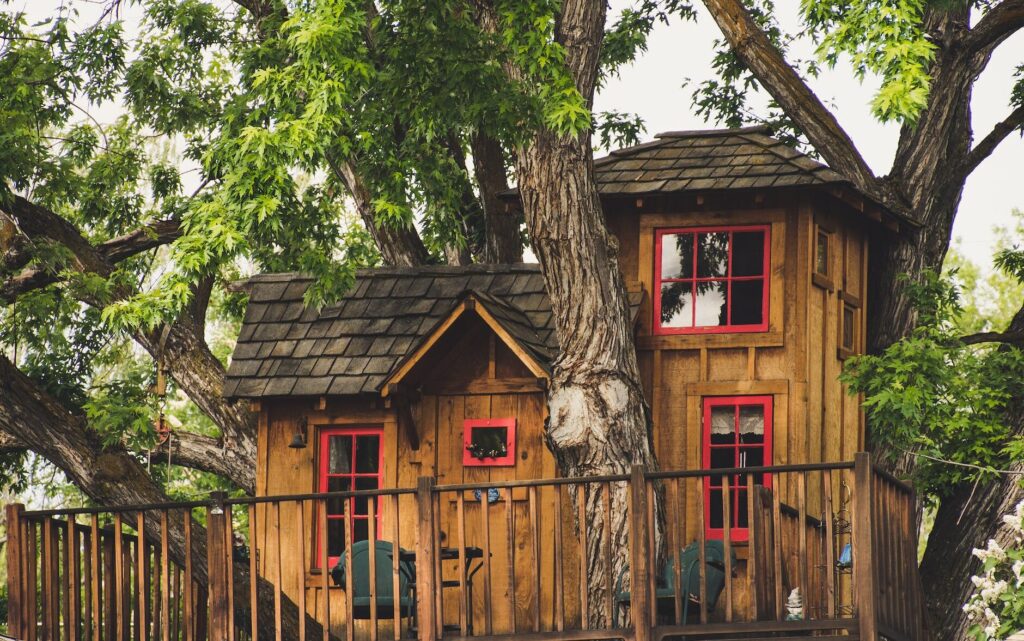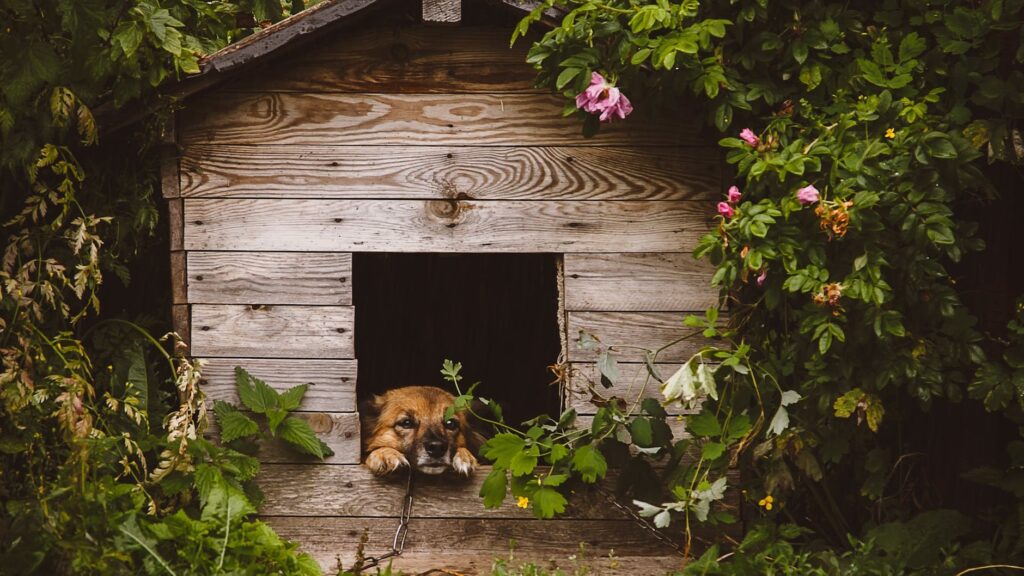Steps in the home buying process
Are you looking to buy a house? It is likely to be one of your most expensive purchases, making it a potentially overwhelming process, especially if you are a first-time buyer. We’ve got you covered with this handy guide that provides an overview of the home buying process helping you navigate the journey to homeownership.



Working out how much you can afford to spend
The first step of the home buying process is working out how much you can afford to spend on a house. This is determined by calculating how much you can borrow based on your earnings and adding your deposit. You also need to factor in other costs, such as stamp duty, solicitor’s fees, and removal costs. Numerous banks and building societies have online mortgage calculators which will give you an estimate of how much you can borrow. Currently, you can usually borrow around 4 times your annual income. Spend time comparing the various mortgage deals, interest rates, and terms and conditions on offer from a variety of mortgage lenders. Financial advisors or mortgage brokers are a useful resource when mortgage shopping. Note that they may charge you a fee for their services in addition to the mortgage set-up fees.
Worth noting, is that most lenders do require you to have been in a job for 3 months before they will lend to you. Finally, having a mortgage offer in place is always good before you actively start viewing houses. After you have found a lender with a suitable mortgage that works for you, submit your mortgage application. Once your application has been processed you will receive a mortgage offer from the lender that will be valid for a specified period.
Mortgage payment calculator & mortgage options
Use our mortgage payment calculator to get an estimate of the monthly mortgage payments and follow the link to learn more about mortgages:
Leasehold versus Freehold
With leasehold you own the property but not the land that it is on, which is owned by the freeholder. You lease the land from the freeholder for a specified rent, for a set period. With freehold, you own the land and the property. Flats are generally leasehold. When buying a house ensure it is freehold. In recent years houses have been sold as leaseholds with the option to buy the freehold later on. Some homeowners have found that when they decide to buy the leasehold, the price has increased considerably, rendering it unaffordable to buy and the property difficult to sell. In this instance, the builders have likely sold the freehold to another person or company who is then profiting from it. Beware, you have been warned – always check this with the seller and your solicitor when buying.
Running costs of a home
Having your own home comes with monthly running costs, which you need to budget for together with your monthly mortgage payment. These are council tax or rates, utilities such as gas, water and electricity, home and contents insurance, life insurance (to pay off your mortgage should you die), broadband, TV licence, repairs, maintenance, and don’t forget to factor in some food – no one wants to survive on beans on toast alone.
Council tax is charged based on the property tax band that your home falls under. This is worth checking ahead of buying a property. Once you know the council tax band, you can check out the annual charge by looking on the local council’s website.
Time to go house shopping
Once you have a mortgage agreed in principle, it’s time to go house shopping and find some properties that you like in your price range. Property websites are great for house hunting and a useful resource to check how much similar properties have sold for in the area, what the broadband speed is etc. Register your details with local estate agents as this can place you ahead of other potential buyers, as they can get you in for a viewing before the house details are online.
Make an offer
Once you have found a house that you like, it is time to make an offer on the property. It is customary to make an initial offer below the maximum amount that you are happy to pay. The estate agent will contact the seller and make the offer on your behalf and start negotiations. They will let you know whether the vendor (house seller) accepts the offer.
Instruct a Solicitor
Once you have an offer accepted, you need to find and instruct a solicitor to act on your behalf. Get quotes from a few solicitors, and choose one that is independent, namely one that hasn’t been recommended by your mortgage lender or new home builder.
Secure your mortgage offer
Make sure your mortgage offer is still available and formally secure the offer. At this point, it might be worth checking to see if other more favourable mortgage deals have become available.
Surveyor’s report
A surveyor’s report is a fundamental step in the home buying process as it highlights any potential issues with the property. Your mortgage lender normally instructs a survey of the property. A surveyor’s report will check that the property is in good repair, and highlight any concerns, or areas that need work. The report will also confirm that the property is worth what you are paying for it.
Solicitor searches and legalities
Your solicitor will conduct various searches on the property and advise you of the findings. They will also prepare the conveyancing paperwork and send you copies of these to read. You must read these in detail and ask your solicitor if there is anything you are unsure of. A good solicitor should highlight any concerns and restrictive covenants, which are rules that can impact your use of the property.
Joint ownership of a property
If you are an unmarried couple or buying with a friend, you need to be aware of the legal options for joint property ownership.
There are two options available to you, firstly, purchasing as beneficial joint tenants, owing the property jointly. You do not own a specific share of the property, meaning you are unable to give away your share of the property in a will. Should one of you die, that person’s interest in the property automatically passes to the other owner or tenant. The alternative option is to own the property as tenants in common. As tenants in common, both owners jointly own the property, each having a specific share of the property. Owners are permitted to sell or mortgage their share of the home or pass it to someone else. Note that in both instances, all parties to the house purchase are required to sign the legal documents.
Furthermore, a common law marriage is not a recognised legal status and does not afford the parties the same legal rights as a married couple.
Exchange of contracts
Exchange of contracts happens when all the paperwork and searches are complete, and the mortgage is in place. A deposit is paid at this point to secure the transaction. If you pull out of the deal after the exchange has taken place you forfeit your deposit. You should receive a date for completion at this point, which is also your moving day. Now is the time to book the removal company or onboard family and friends to help. You also need to ensure you have home insurance in place before or on the date of exchange of contracts.
Completion
Completion usually occurs around 2 to 4 weeks after exchange of contracts and finalises the transaction. On completion day the full balance is transferred to the seller by the buyer’s solicitor. If you are selling one house and buying another, both property contracts usually complete on this day. You normally need to vacate the house you are selling by 1 p.m. Once you’ve completed, well done, you’ve successfully navigated buying a home, so crack open the much deserved champagne!